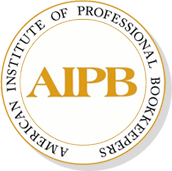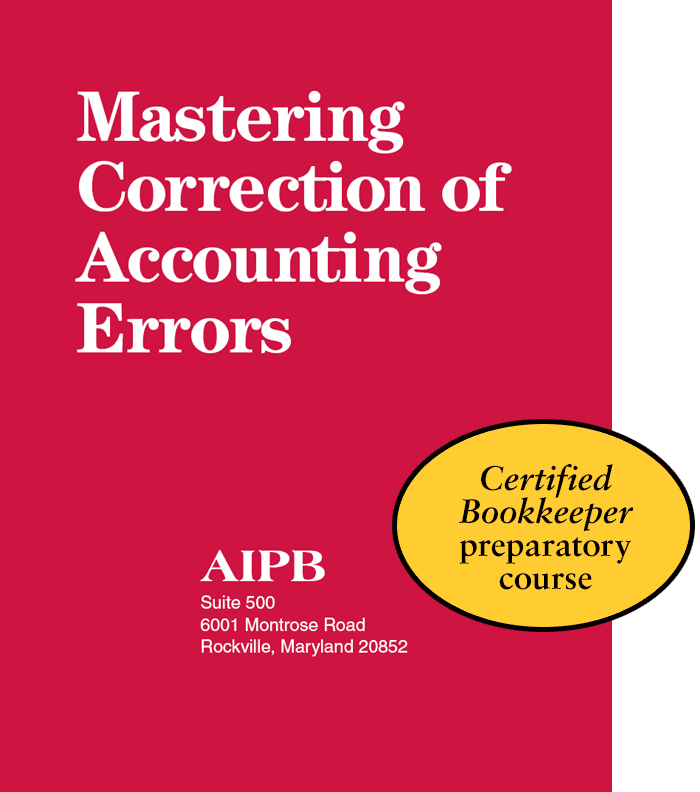130 pages [67 self-teaching + 63 self-quizzes with detailed answers]
Section 1: Where errors occur and how to find them. 10 common causes of errors. 5 areas where most errors occur. How to analyze errors to correct them.
Section 2: Performing the bank reconciliation. Step-by-step instructions on how to do a bank reconciliation and record the required journal entries. How to correct errors found on the bank statement or in the ledger Cash account.
Section 3: Using the trial balance to find errors. Finding and correcting errors in the trial balance or errors that do not show up on a trial balance.
Section 4: Correcting current-period accrual errors.
Correcting accrued expenses: How to correct an accrued expense recorded for too little or too much or omitted entirely. Correcting journal entries when the expense was originally recorded in an expense account v. a prepaid (asset) account. Impact on the financial statements if each kind of error is not corrected.
Correcting accrued revenues: How to correct accrued revenue recorded for too little or too much or omitted entirely. Correcting journal entries when the original entry was recorded in a revenue v. unearned revenue account. Impact on the financial statements if each kind of error is not corrected.
Section 5: Correcting current-period deferral errors.
Correcting deferred expenses: How to correct too little or too much expense recognized or deferred. Correcting journal entries when the prepayment was recorded in an expense account v. prepaid (asset) account. Impact on the financial statements if each kind of error is not corrected.
Correcting deferred revenues: How to correct too little or too much revenue recognized or deferred. Correcting journal entries when a payment received in advance was recorded in a revenue v. unearned revenue account. Impact on the financial statements if each kind of error is not corrected.
Publisher: AIPB



Norman –
While the book does what it is mean to do, I don’t feel that the subject matter warrants a course. Reconciling bank statements, and accounts seems pretty obvious to most accountants. Maybe the course was meant for non-accountants in mind.
Upvote if this was helpful (0) Downvote if this was not helpful (0) Flag for removal
Andrew –
It was okay. Could have covered some other kinds of entries.
Upvote if this was helpful (0) Downvote if this was not helpful (0) Flag for removal
Michelle –
Overall the class was very good and the tips to find errors were helpful. Although the overall concepts were helpful, my accounting software ensures I make double entries, so I found the info a bit dated and not realistic to my day to day accounting.
Upvote if this was helpful (0) Downvote if this was not helpful (0) Flag for removal
Nicholas –
Great Course
Upvote if this was helpful (0) Downvote if this was not helpful (0) Flag for removal
Erin –
Some questions could be worded differently for better understanding.
Upvote if this was helpful (0) Downvote if this was not helpful (0) Flag for removal
Mohammad –
Well materials is nice, but in the promatric exam adjusting entry related question is little tricky. Many question’s direction I did not fine in the book. Mainly fiscal year and accounting period focused complicated way to solve adjusting entry. I need proper guide to pass promatric exam.
Upvote if this was helpful (0) Downvote if this was not helpful (0) Flag for removal